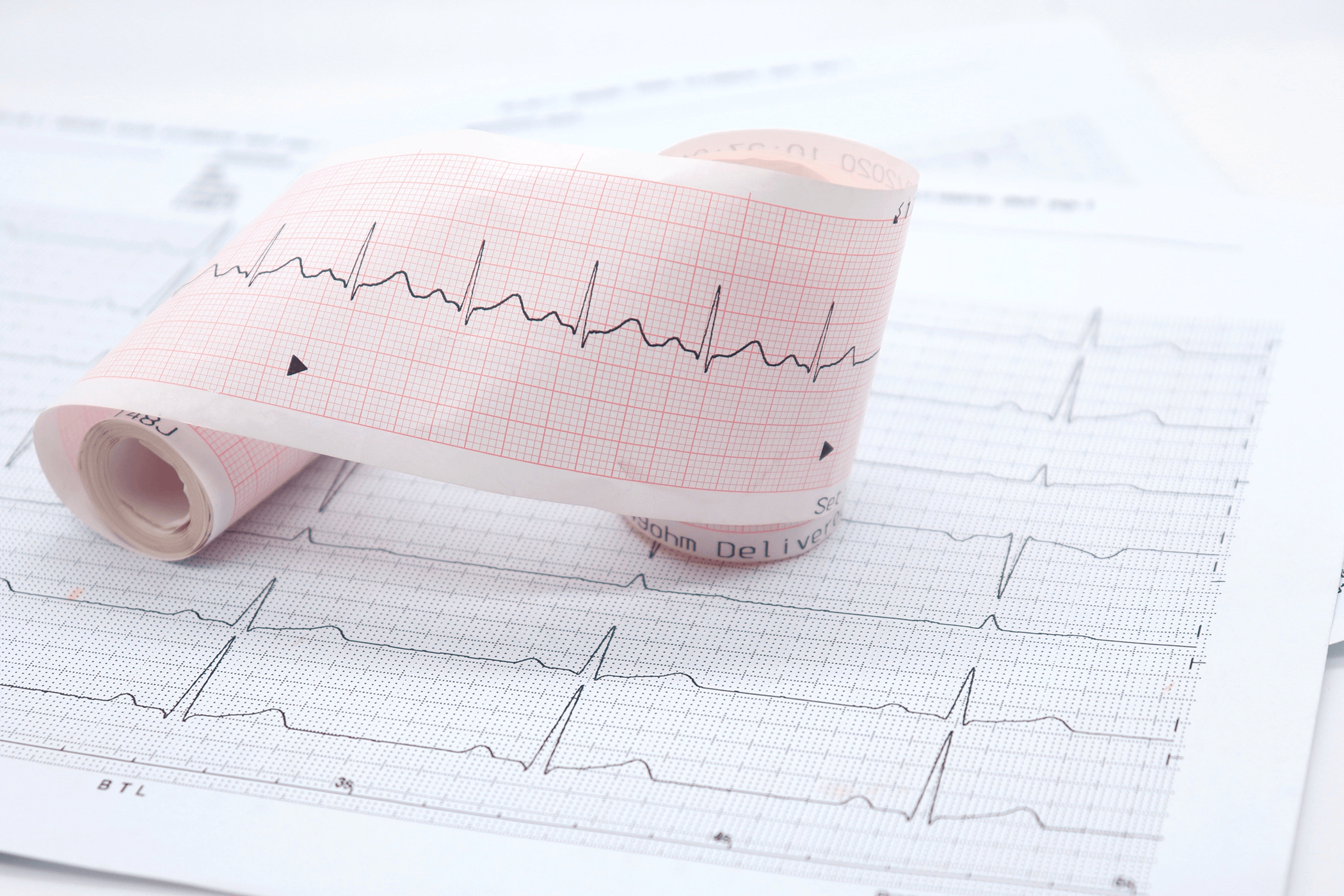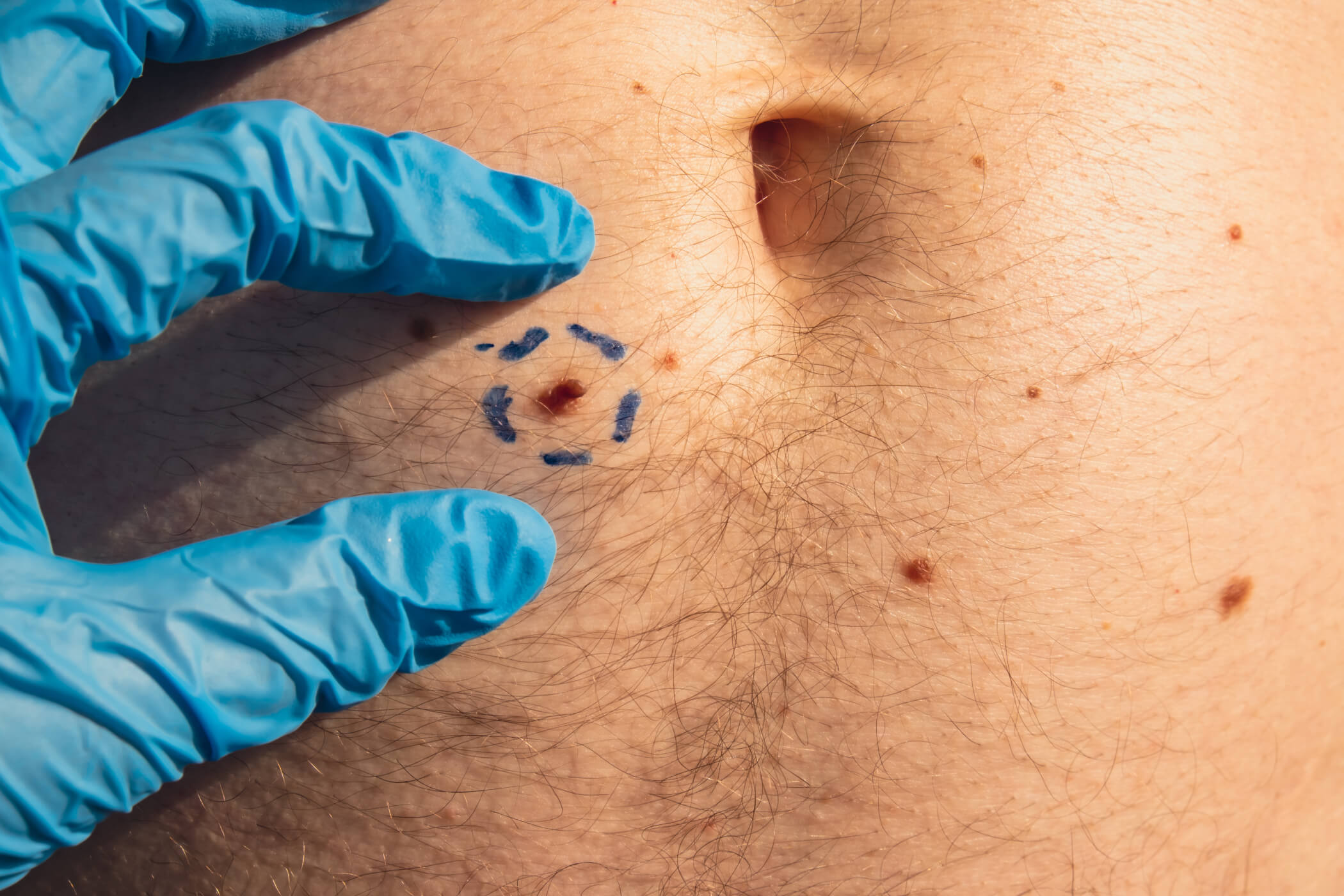In the UK, almost one in two people suffer from hay fever, and that number is increasing. A study by the University of Manchester found that the prevalence of hay fever has risen by 33% in the last 20 years due to climate change. With numbers this high, it is no wonder countless Britons flock to their local pharmacy each spring to stock up on antihistamines and nasal sprays, hoping to make the most of the warmer weather. But is this the best way to combat hay fever, or are there more effective methods of symptom relief? In this article, we will use the expertise of our private doctors in Milton Keynes to explain how to relieve hay fever symptoms and enjoy being outdoors this summer.
How To Relieve Hay Fever This Summer
Since its discovery in 1819, countless medicines have been introduced in attempts to counter or cure hay fever. The earliest methods of treatment, including cold baths and self-induced vomiting, were as bizarre as they were ineffective. However, the advancement of medicine means those looking for relief can now find it in a wide range of ways. And while there is still no permanent cure for the allergy, new methods of treatment, like hay fever injections, can entirely relieve symptoms for months. So, keep reading if you’re looking for the best way to curb your hay fever symptoms this year.
- What Are The Symptoms Of Hay Fever?
- How Long Does Hay Fever Last?
- How Do I Know If I Have Hay Fever?
- How To Help With Hay Fever

What Are The Symptoms Of Hay Fever?
Hay fever is one of the most common allergies among the UK population. You will experience hay fever symptoms if you are allergic to pollen, a fine powder released by plants as part of their reproductive cycle. In most plants, pollen release coincides with increased exposure to the sun. This means those with hay fever experience most symptoms between spring and summer.
There are many types of pollen from different plants, which we will discuss in further detail later in this article, but they can be categorised into three groups:
- Tree pollen, released during spring
- Grass pollen, released during the end of spring and the beginning of summer
- Weed pollen, released in late autumn
Hay fever symptoms vary between individuals, and many will find their symptoms ease as they get older, but these are the most common:
- Frequent sneezing
- Runny or blocked nose
- Itchy, red or watery eyes
- An itchy throat, mouth, nose and ears
- Cough, caused by postnasal drip (mucus dripping down the throat from the back of the nose)
Less common, but you may also experience:
- The loss of your sense of smell
- Facial pain
- Headaches
- Earache
- Tiredness and fatigue
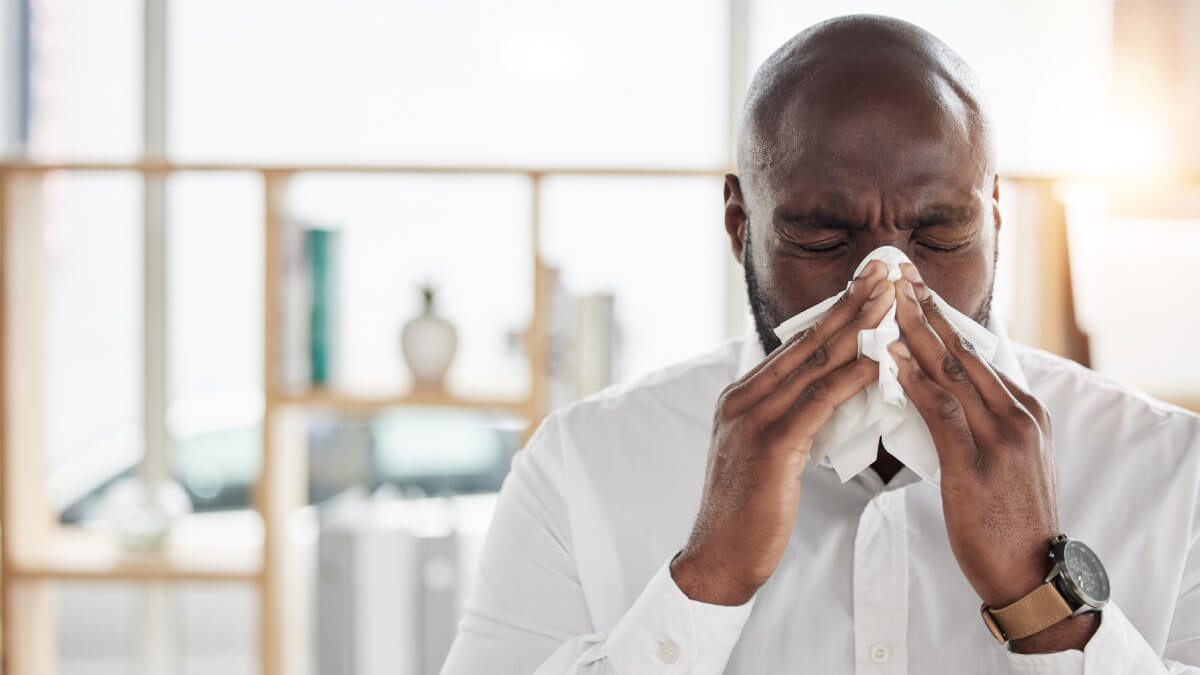
How Long Does Hay Fever Last?
Again, the timeline of hay fever symptoms varies from person to person. Some may suffer for a few days or weeks, while others may have more severe reactions that persist for months at a time. The length of your reaction depends on how much pollen is in the air and how long this pollen is present throughout the year.
We have developed a pollen calendar to help you better understand when you are likely to be most affected by hay fever. This seasonal guide to pollen in the UK outlines which pollen is present at different points throughout the year and how it may impact your allergies.
Spring (March, April, and May)
Tree, grass, and weed pollen are all present during this period, as increased sunlight spurs them into their reproductive cycles. Your spring hay fever symptoms may include painful sinuses and a cough.
Summer (June, July, and August)
Grass and weed pollen peak during these months, meaning many hay fever sufferers will experience their most intense symptoms, including itchy and watery eyes. This will be especially bad near freshly cut grass.
Autumn (September, October, and November)
The pollen count begins to slow down in autumn. Weed pollen is still prevalent and can continue to cause symptoms of hay fever.
Winter (December, January, and February)
Tree pollen season begins again in January, so many people mistake their winter hay fever symptoms, like a blocked nose, sore throat, and cough, for a common cold.
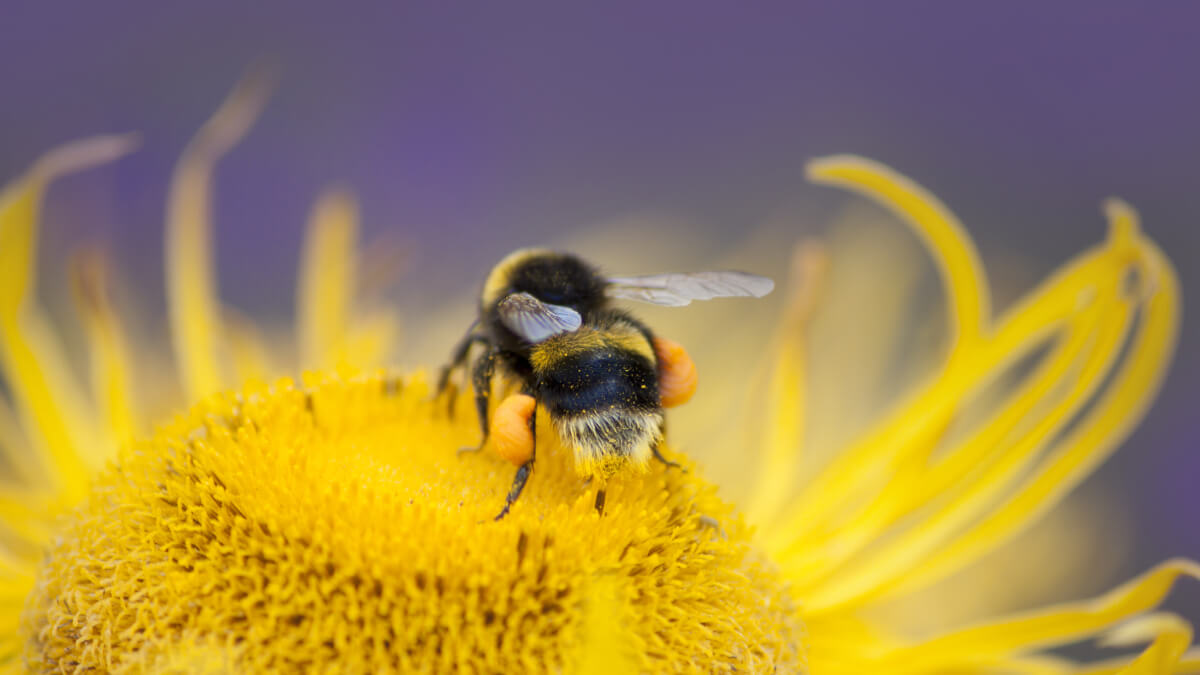
How Do I Know If I Have Hay Fever?
Hay fever can be difficult to diagnose because its symptoms are often similar to those of a common cold or other seasonal illnesses. Additionally, hay fever can develop later in life, so many people who have never had the allergy before may mistake the symptoms for something else once they have them. With a private GP appointment in Milton Keynes, our doctors can help you diagnose hay fever and develop an appropriate treatment plan for your circumstances.
Once you have established whether you have hay fever, it can be massively beneficial to understand which specific pollen(s) you are allergic to. There are dozens of pollen types, each prevalent at different times and places throughout the year. Understanding which pollen triggers your hay fever symptoms can help you navigate the warmer months with minimal discomfort. Below, we have covered some of the most common types of pollen, where they are found and when they are most prevalent.
Tree Pollen
- Birch: Found in lightly wooded areas. Commonly release pollen from March to June.
- Oak: Often the dominant tree in lowland woods. Pollen is released between March and June but is particularly bad in May.
- Pine: Recognisable due to their needles. Pollen is released between April and June, peaking in May.
- Alder: Commonly found in damp areas. Release pollen between January and April.
- Willow: Frequently found alongside rivers and release pollen between February and April.
Weed Pollen
Weed pollen is released throughout the year but is most common between April and September in all weeds.
- Ragweed: Upright with fern-like leaves, often found on wasteland and uncultivated grassland.
- Dock: Found in meadows and some coastal areas. Can be identified by their large leaves and reddish stems
- Mugwort: Often found in hedgerows and recognisable due to its red/brown colour.
- Plantain: A short plant commonly found at the side of roads.
Grass Pollen
There is only one type of grass pollen, but it is thought to be the pollen that causes the most severe hay fever symptoms. Grass pollen is released in May, peaks in June and July, and eases in September.
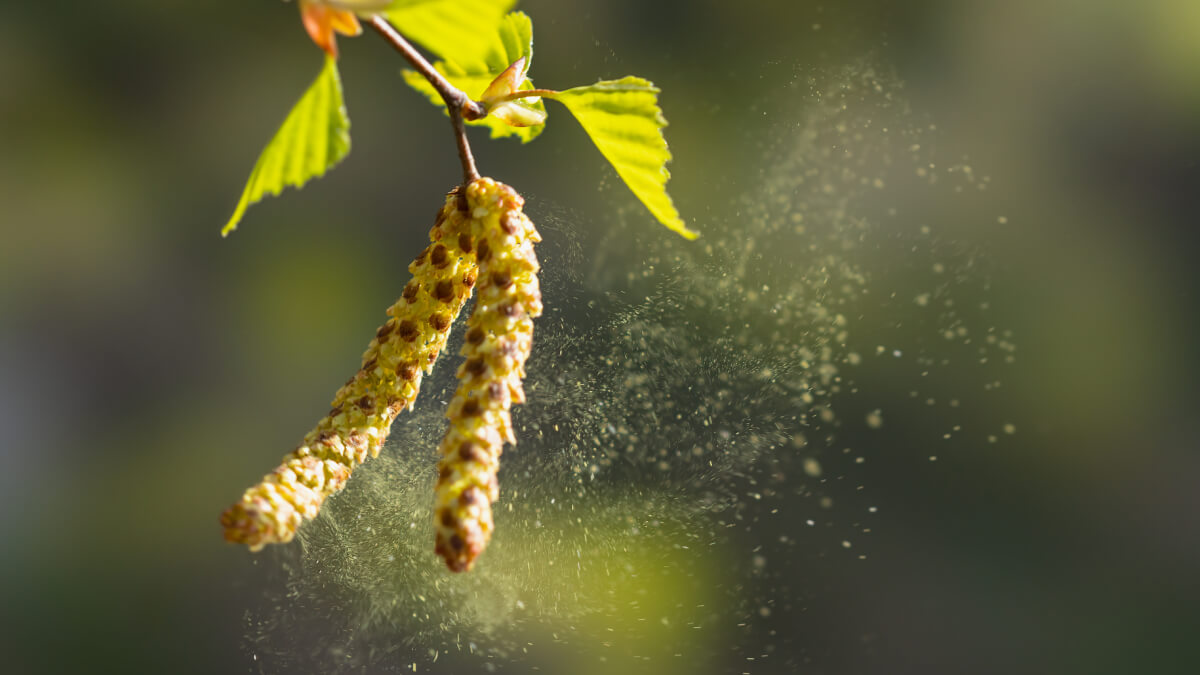
How To Help With Hay Fever
Thankfully, today, there are many methods of hay fever symptom relief. The best-suited treatment method for you will depend on your symptoms and lifestyle. Generally, creating a daily routine that combines your symptom relief treatment and small lifestyle changes is the best way to enjoy the outdoors during hay fever season. These are some of the most effective methods of symptom relief for you to tackle the warmer months with confidence:
Hay Fever Injections
Hay fever injections are one of the most effective ways to reduce symptoms for months without repeated treatment. One injection can often provide symptom relief for a whole season and allow the individual to enjoy being outside, even on days with high pollen counts. The injection is administered to a large muscle, allowing the steroid to flow into the bloodstream and around the body. At our clinic, our hay fever injections are currently just £95. So, don’t miss out and make the most of your summer with an effective symptom relief method.
Check The Pollen Count
By checking the pollen count daily, you can understand how severe your symptoms will likely be and plan your day accordingly. The Met Office provides a pollen forecast five days ahead of time so you know what to expect.
Antihistamines
Antihistamines block the body’s allergic response to pollen, helping manage mild symptoms of hay fever. Most commonly found in tablet or liquid form, they can be taken when needed most or regularly throughout the season.
Nasal Sprays
Pollen often causes inflammation of the nasal lining, but a nasal spray can help soothe a blocked nose. A range of nasal sprays are available, and the right one for you will depend on the severity of your symptoms. Nasal sprays work well when partnered with antihistamines.
Dry Your Clothes Indoors
When clothes are left to dry outdoors, wind allows pollen to stick to the fabric. Once collected and taken inside, this pollen will work its way around your house and trigger symptoms even when indoors. To limit pollen exposure inside your house, dry your clothes indoors.
Groom Your Pets
Pollen can stick to pets’ coats, so it’s important to wipe them down with a damp cloth before they come back inside. The water will help raise the pollen from hard-to-reach places.
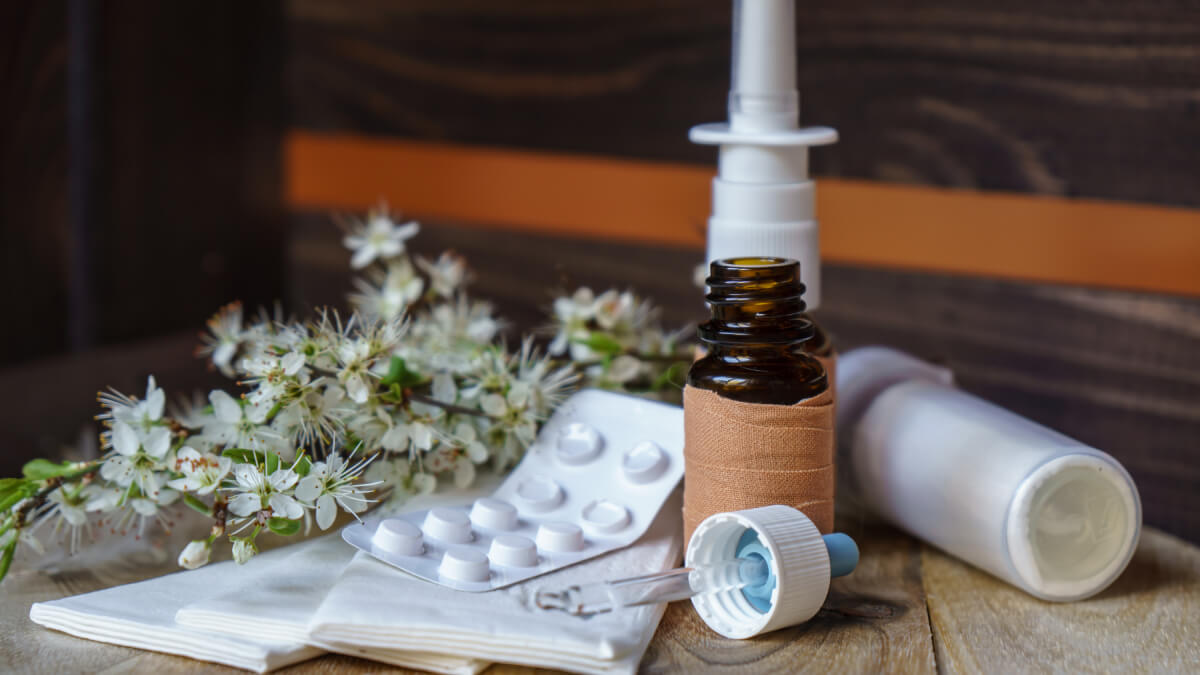
Take On The Summer With Confidence
Now, you should be equipped with all the information you need to face hay fever season confidently. Whatever your chosen method of symptom relief, these treatments and lifestyle adjustments are the best way to mitigate the effects of your allergies.
If you are still unsure about the best course of action or want to better understand your allergies, do not hesitate to get in touch with our friendly team at Private Doctors MK. We’ll arrange your appointment with a private GP in Milton Keynes, and they will help make sure you enjoy being outside this summer.


